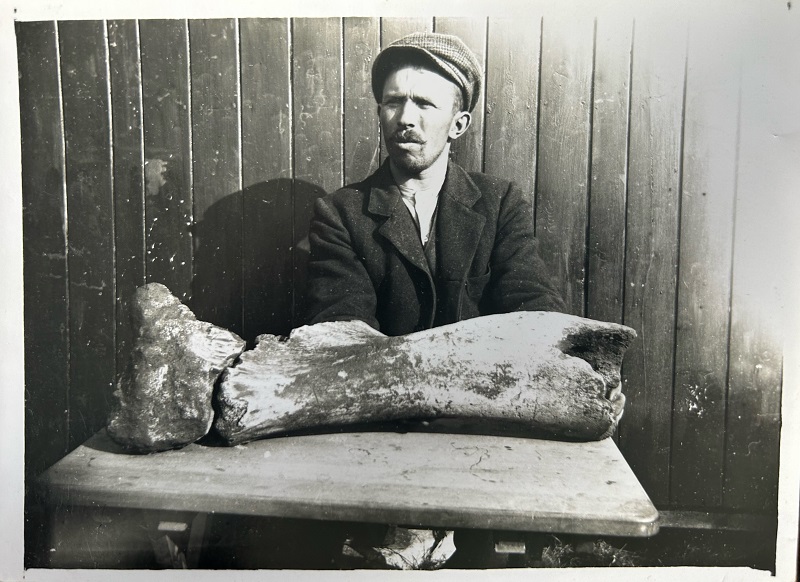#IrishCaveBones Day7(final thread from @RuthFCarden ): 1/n Apologies people, a delayed start to my final thread here today on @IrelandsEnviro - a friend called over for a catch up and coffee. So with some blueberries to hand, let's get into this. I must say it's been great fun &
2/n very much enjoyable for me to have had this chance to share our wonderful research on #IrishCaveBones with you all, and to find that you all find it as fascinating and exciting as I/we do! Thank you all for following along this week, your RTs, comments and interest.
3/n And thank you to David for the invite to come on here to share too. Hope to return next year for another update on our #IrishCaveBones research and hopefully lots more results to share, with stories about Ireland's past ecoystems and animals.
4/n Now, a list of papers, these results have come from are as follows (contact me for copies if you wish)...and there's lots of unpublished as yet info in the threads too:
Carden et al. (2012). Red deer origins work: sciencedirect.com/science/articl…
Carden et al. (2012). Red deer origins work: sciencedirect.com/science/articl…
5/n Dowd & Carden (2016). Palaeolithic brown bear kneecap with cut marks.
sciencedirect.com/science/articl…
sciencedirect.com/science/articl…
7/n Carden et al. (2020) Redating cave bones and new radiocarbon dates for Ireland.
onlinelibrary.wiley.com/doi/abs/10.111…
onlinelibrary.wiley.com/doi/abs/10.111…
8/n So, where are we at now? Our current & future work. It's not just me anymore, a collaborative team of researchers have joined to become the #IrishCaveBones research team, working together to produce new knowledge, building on earlier research into Ireland's palaeoecosystems.
9/n Team consists of myself, Helen Lewis @ucddublin , Richard Jennings @RCEAP_LJMU, Cork Speleological Group of cavers, Maarten Blauuw @14_chrono, Brian Hayden @DrHaydo of University New Brunswick, Canada, Mike Simms & Greer Ramsay National Museums of Northern Ireland, ...
10/n ... Patrick Randolph-Quinney @KabwePRQ Northumbria Uni, Pontus Skoglund Francis Crick Institute, Greger Larson Oxford Uni, Mike Buckley Manchester Uni, Allan McDevitt @ShrewGod ATU, Dan Bradley Trinity College Dublin. And one more member, but I'll save him until later!
11/n We have gratefully obtained funding from @RIAdawson with Richard as Principal Investigator (PI) and Helen and I as co-PIs, to conduct archaeological cave excavations in Castlepook cave (Season 1, 2022) and Kilcolman cave (Season 1, 2023). 

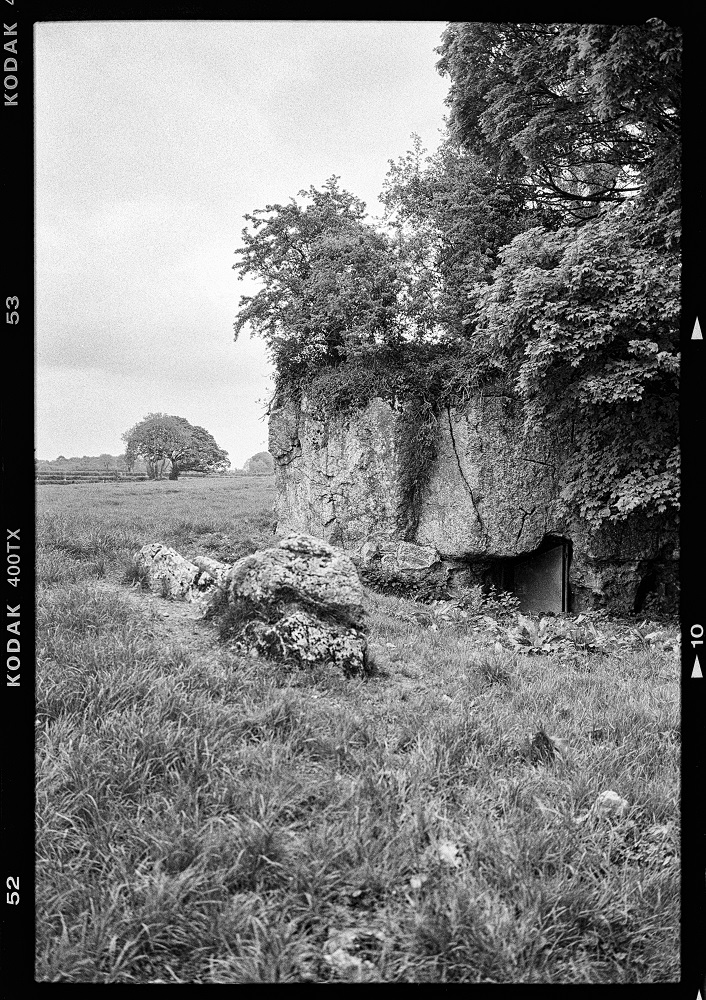

12/n We completed our first season at Castlepook cave last May/June for two weeks (2022). We discovered that Ussher (from earlier thread this week) did not remove all of the cave sediment from within and there are still animal bones such as reindeer, bear, Arctic lemming in situ.
13/n At Castlepook cave excavation in '22, we got great and welcoming local community support, which made a huge difference to us on site. Lots of visitors arrive to chat and were delighted we were there. Including Pat (below), who returned to us this year at Kilcolman cave. 

14/n We will return to Castlepook cave this September coming to do more work and research there. We work and collaborate (for life!) with the members of the Cork Speleological Group: Stan, Brian, Jerry, Terry, Michael, Denise, Daniel, Monika, who keep us safe inside the caves.
15/n And Monika, Stan, Denise, Daniel and others have been conducting internal mapping surveys of the caves we work in (others later this year+), which will produce up-to-date internal maps and coordinates within, the basis for more analysis into spatial distribution patterns. 

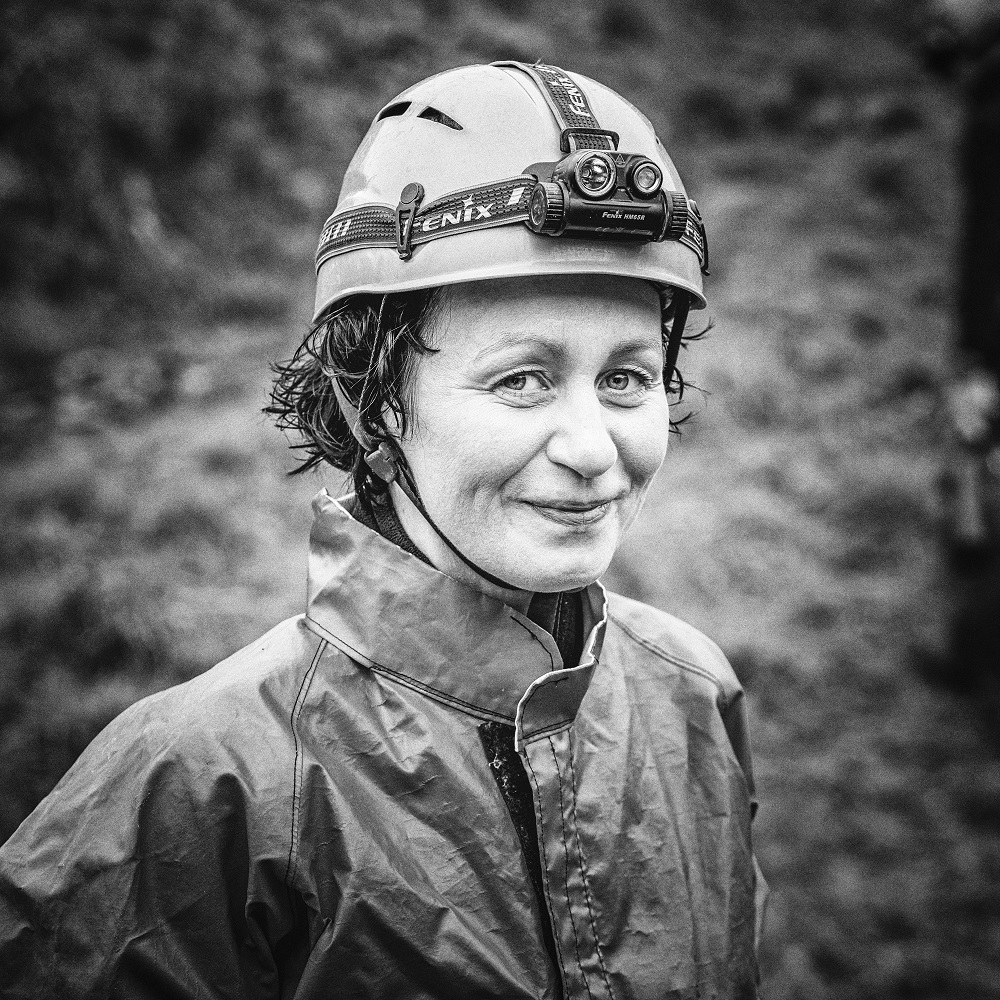

16/n At Kilcolman cave, we also had three undergraduate archaeology students (Molly, Beth and Annie) from Richard's class in Liverpool John Moores University, at their first archaeological excavation learning the techniques from Phil, our lead site cave archaeologist. 


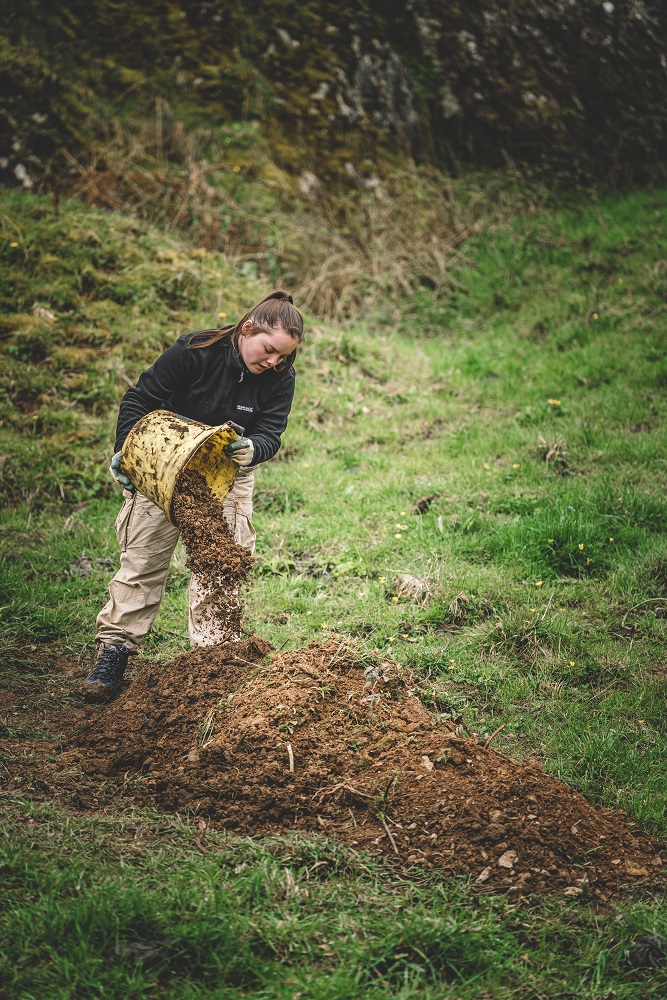

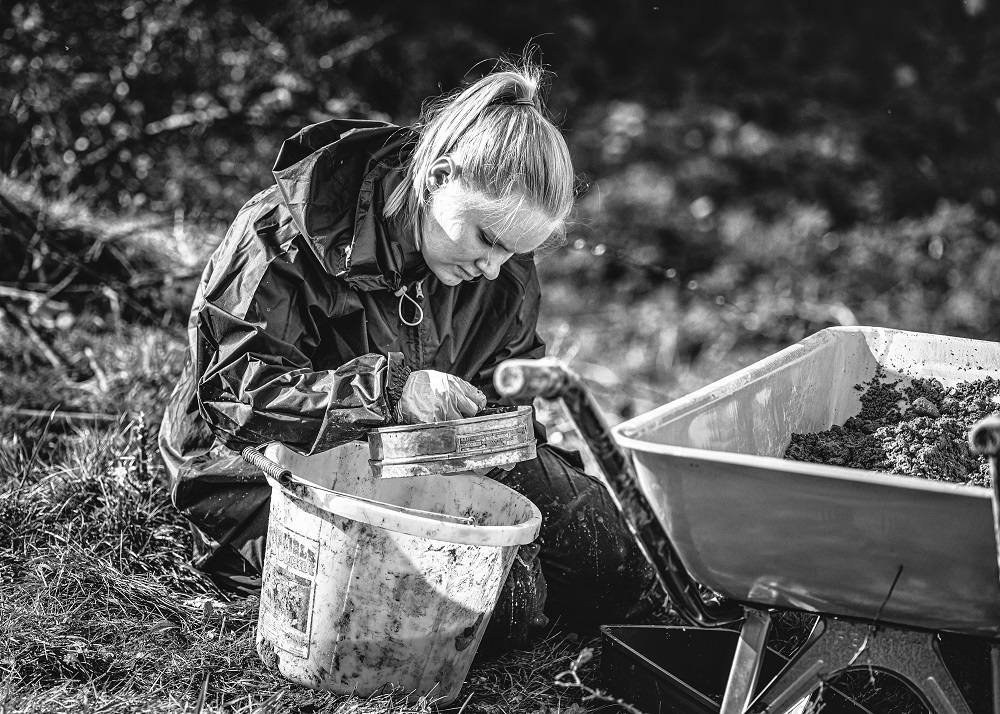
17/n We hope to return to Kilcolman cave next year subject to funding. We had Mike Simms down with us to put his keen expert eye and brain in both caves. Mike's expertise lies in the formation of limestone caves, so he can tell us how they form and how they work with/out water. 

18/n We will continue to excavate and sample, explore other caves later this year and into next year too. Currently I am employed part-time with @ucddublin Sch. of Archaeology on the @IrishResearch COALESCE INSTAR+ grant, funded by @NationalMons where I hope to finish a few
19/n caves and their bones, (finally some funding for my ongoing work!), within National Museum of Ireland subject to research access permissions. Also shortly I travel to the National Museums of Northern Ireland, where they have opened the doors enthusiastically to collaboration
20/n and letting me borrow, via a loan, their caves' bones and so we can approach this research as an all-island, as was the case from 50,000 years ago! My full reassessments, sorting and bagging/labelling will continue this summer - I can't wait !!! Look - WOLVES!!!! 🐺🐺🐺 

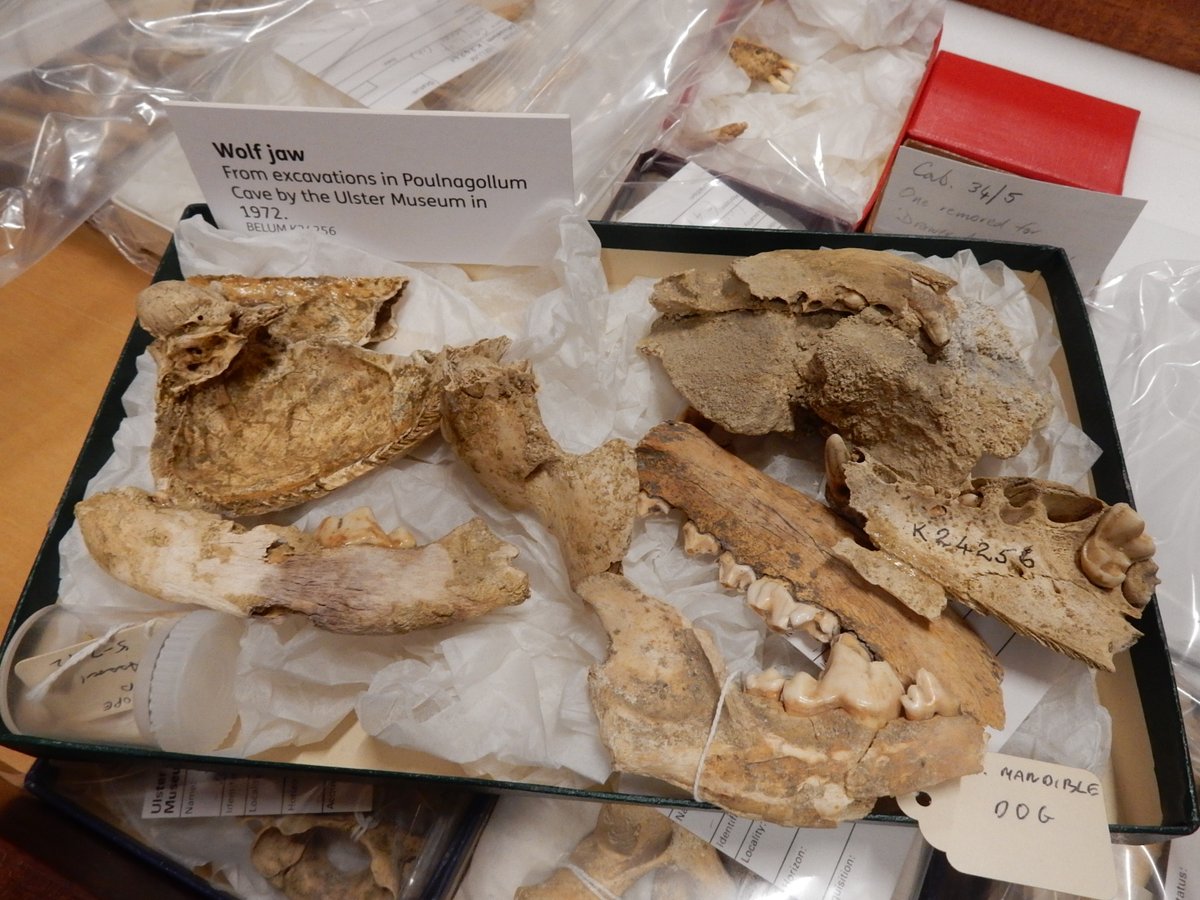

21/n I'll also be leading and writing a few papers based on some of the COALESCE grant results, and other research too (more on this later ... so exciting!!), over the summer months into Autumn - it's going to be busy but will be EPIC! I'll also get to some of the cave sites.
22/n We have already spotted a few grants with deadlines later this year, to apply for more money to fund more of my time and others along with costs of various analysis. We will try and see where we get with it. Sure, if you're not in, you can't win as they say.
23/n In the meantime, I've created a website for all the #IrishCaveBones research and adventures, a repository and archive going forward, as there are so many collaborations now and I have some mini-projects spinning off too. Need somewhere to put all this, &photos, with blog too
24/n The website is irishcavebones.ie In the interim, we need to raise extra funding to cover extra radiocarbon dates - remember how cruical these are to our work and understanding of Ireland's past. There is a link for any monetary support - every little bit helps us.
25/n Remember the Kilgreany cave lynx that needs re-dating? Is it truly Mesolithic date some 8,500 years ago? It was dated without ultra-filtration, and so needs re-dating now and we saw how all the rest of the animals moved in time in Day 4's thread! Also we don't have enough
26/n or any wild boar bones dated. I come across these a lot in some of the caves. Need more wolves and now we have 'Northern Irish' wolves - maybe that's were they went to?! What about otter, pine marten, badger, red fox - we know essentially nothing about when these were here!
27/n I am open to commerical/business funding support to cover radiocarbon dates with special collaborations perks. We really need more radiocarbon dates for our animals in the past to really understand what's going on with climatic/other influences on all these animals.
• • •
Missing some Tweet in this thread? You can try to
force a refresh

 Read on Twitter
Read on Twitter





